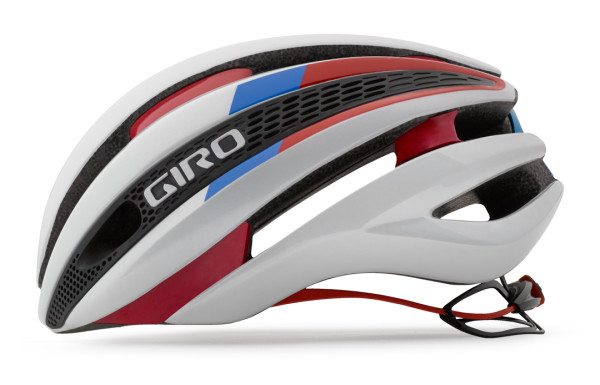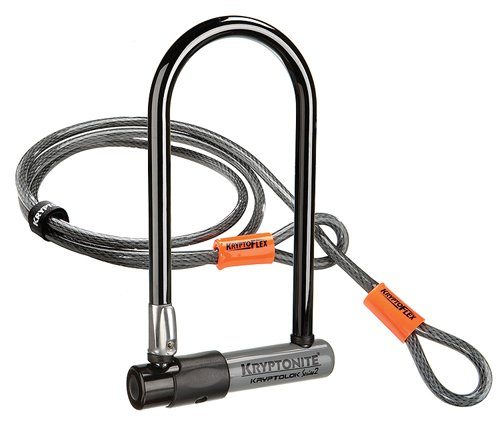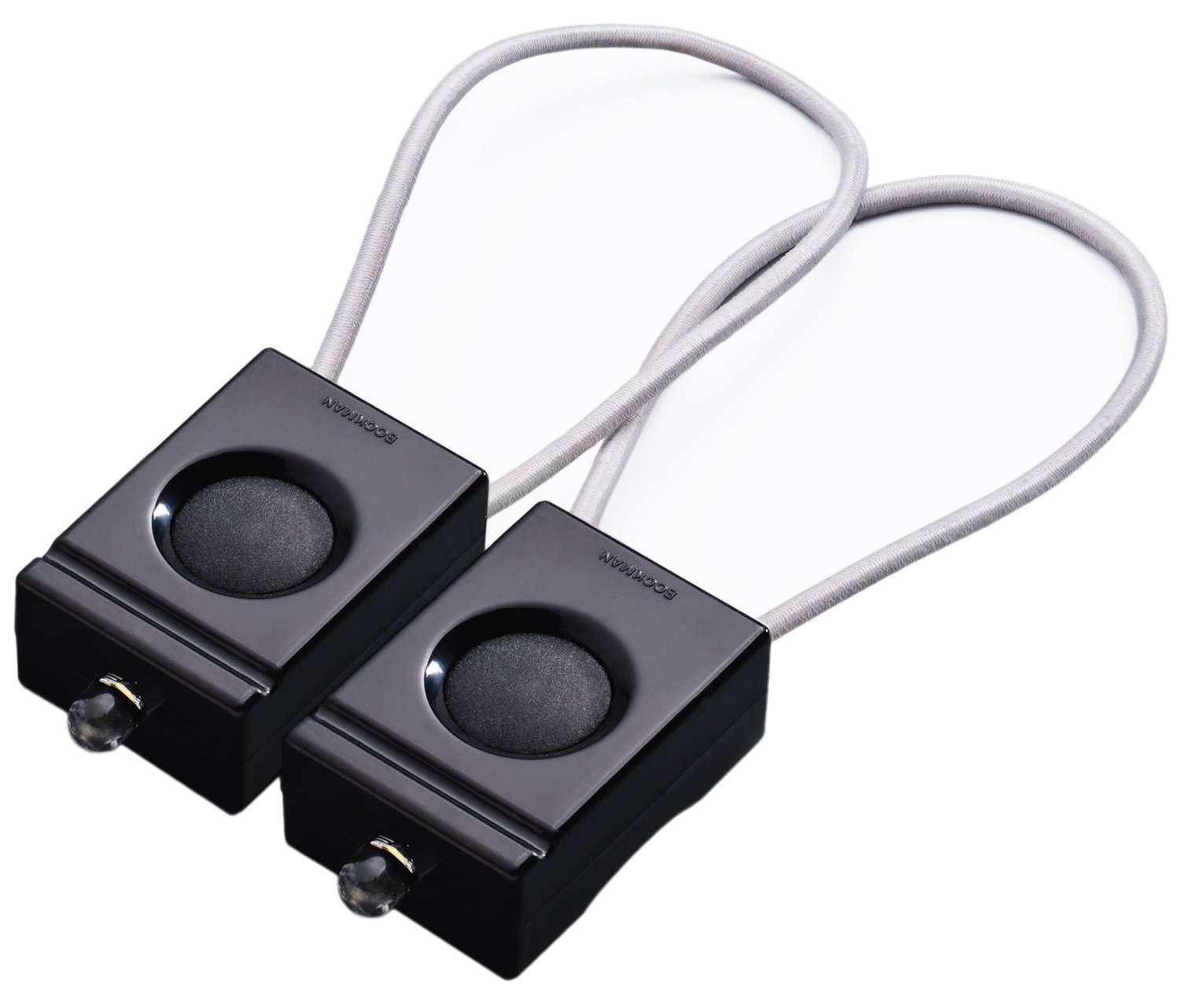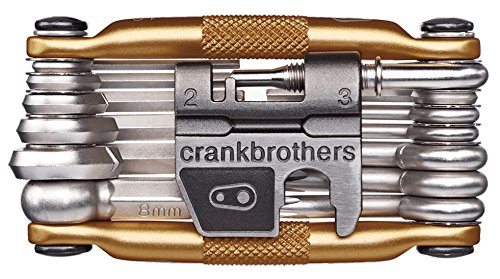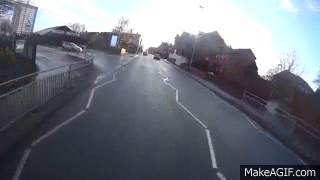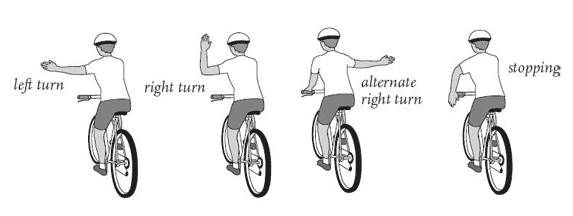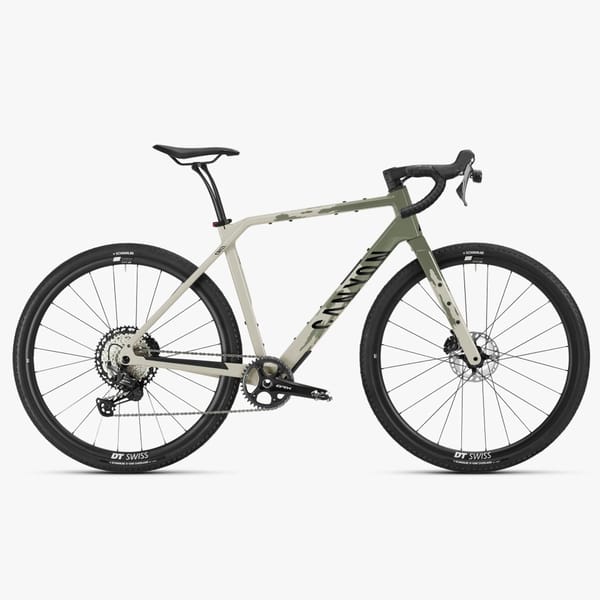How To Start Bike Commuting
According to the Environmental Protection Agency (EPA), the average American spends 93% of their life indoors. 87% of their life is indoors, then another 6% of their life in automobiles. American children spend less time outdoors than prisoners do, their parents even less.
There’s an easy way to cut the percentage spent in the car and up the amount of time spent outdoors. It’s called bicycle commuting. Not only is commuting by bike fun, it keeps you in shape, gets you outdoors and it’s good for the environment.
In terms of pure efficiency, the bicycle cannot be beat, it’s the most efficient form of human transportation by a margin. A human being traveling on a bicycle at 10–15 mph, using only the power required to walk, is the most energy-efficient means of human transport generally available. On firm, flat ground, a 150 lb person requires about 60 watts to walk at 3.1 mph. That same person on a bicycle with the same power output, can travel at 9.3 mph using an ordinary bicycle.
An easy bike commute can cover over 8 miles each way. If you place your home at the center of a circle with an 8-mile radius, you have an area of 201 square miles or about 128 thousand acres in which you can easily travel. If you’re more comfortable riding longer distances that area grows quickly.

Yes, I did just calculate the area of a circle for you. I did it to illustrate an important point. A quick ride of 8-miles (45 minutes at a slow pace, 30 minutes or less if you’re fit) gives you access to a lot!
For me, that 8-mile radius includes my workplace, daycare, multiple grocery stores, several branches of my chosen bank, and if I’m feeling adventurous access to the foothills for an extended ride home.
Bike Commute Radius Denver (Make your own with this handy Google Maps Radius Tool)
If you live within about 10 miles from the things you need to get to you can most definitely commute by bicycle. Although you never forget how to ride a bike, it can be challenging to start using one to get around. Here, a simple guide to getting started with bike commuting.
Why Would I Commute by Bicycle?
I’m not here to tell you that you have to sell your car and save the planet by riding your bike everywhere, that’s just a great side bonus if you chose to do it. A study by the European Cyclists Federation (ECF) offers an in-depth comparison between the CO2 emissions of bicycling versus other modes of transportation.
CO2 per passenger per kilometer traveled:
- Bicycle: 21 g
- Electric-assist bicycle: 22 g (e-bikes scored well due to larger range of standard bicycle and therefore greater chance to replace passenger car trips)
- Passenger car: 271 g (based on short trips similar to those a bicycle could make)
- Bus: 101 g
That said, saving the planet isn’t going to motivate you to get on your bike. In order to truly embrace bicycle commuting, you have to, somewhat selfishly, recognize the value it gives to you alone instead of relying on nebulous ideas like climate change to get you there.
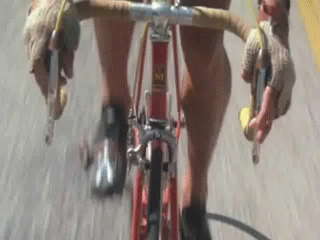
Cycling is a physical activity. If your goals include losing weight or getting in better cardiovascular shape cycling will help get you there. Study after study has linked increased physical health to happiness so cycling will make you happier. Cycling is cheap, buying and maintaining a bike is nothing compared to gas and wear and tear on a car. There’s no sitting in traffic, which will definitely make you happier, and in many circumstances is actually faster than traveling by car. It connects you to your local streets and community in a way driving cannot. A bicycle is relatively small compared to a car so you don’t have to worry about parking. Bicycle commuting might actually make you better at driving a car too.
The Right Equipment for Bike Commuting
Getting around on a bicycle is cheap. There are just a few items you need to have to have a good time riding a bike around town. Here’s your bike commuter starter kit:
- Bike
- Lock
- Helmet
- Front and Rear Lights
- Multi-tool
- Flat kit (spare tubes, tire lever, pump)
That’s it.
Choosing a Bicycle
There’s a nearly endless supply of articles out there with bicycle recommendations. Here’s what I have to say about all that, “The Best Bike for Commuting to Work” is whatever bicycle you want to ride. Road bike, racing bike, fixed gear, single speed, mountain bike, track bike, recumbent. Anything you pedal will work.
I ride a carbon fiber Cervelo racing bike to work because that’s what I enjoy riding. I like opening it up on the way home and feeling the wind in what’s left of my hair. Even if I have to replace relatively expensive race bike parts, I’m still saving gobs of cash compared to driving. Before the Cervelo I rode a fixed gear Leader to work every day and it also worked great. Hell, I know a guy that commutes 20 miles each way on a full-blown time trial bike. Anything will work as long as it’s what you want to ride.
What if you don’t have a bike?
Hit up a bike shop and buy something new that you like. I wouldn’t go below about $700, you want something that will last after all. If you have a buddy who shaves his legs and rides crits on the weekend, have him help you shop Craigslist. A used bicycle to the tune of $300 or so will fit the bill if you know what you’re looking for. Another $100 for a tune-up at the bike shop will have you riding without a worry.
Keep it simple stupid. You want a bike that fits, works and most importantly that you’ll actually ride.
Yes, You Need to Wear a Helmet
A major study of bike helmet use around the world from more than 64,000 cyclists found helmets reduce the risks of a serious head injury by nearly 70%. Whether or not you wear one is up to you, but having been in my fair share of crashes I urge you to do it. Similar to the bicycle you choose to ride, I can’t make the decision on what helmet you wear for you. Instead, use the same basic rule, choose a helmet you’ll actually wear.
Again, I choose to wear a helmet made for bike racing. It’s lightweight and has great ventilation, but it would look more at place in the Tour de France then it does on city streets. I’m cool with that. You might not be. Only you can decide what’s most important to you.
Choosing a Lock
You’re probably going to need a lock. If you only have one stop, work, and you can keep your bike in your office or another secure location you might be able to get away without one. If you plan to make any stops you’re going to need a lock.
There are a lot of bike lock choices out there. A U-lock is, in my opinion, the best way to keep your bike secure. I really like the Kryptonite Kryptolok. It’s got a metal braided cord along with the U-lock so that you can secure both wheels and the frame to a bike rack. It is bulky and heavy though so it might not be the best choice for everyone.
It is important to remember that all locks are theft deterrents, not theft preventers. A dedicated thief can get through any lock on the market, where you lock up your bike is just as important as how.
Bike Lights
Bike lights, unlike wearing a helmet, are likely required by law where you live. Regardless, if you’re going to be riding at night, dusk or dawn they’re a must have. Bike lights aren’t so much about illuminating your pathway, I find I can see just fine riding my bike at night without them, they’re more about making sure others can see you. Having one white light up front and one red one in the back will make it very easy for drivers, pedestrians, and other cyclists to see you. I really like the simple Bookman Light Set pictured above because they packable and can be put on a bike in seconds.
Tools
Eventually, something on your bike is going to require tightening or adjusting. Having a good multi-tool on hand will make that a breeze.
You’re also going to get a flat tire at some point, usually at the least opportune time, so make life easy for yourself by having a spare tube or two, a set of tire levers and a pump on hand. I go the route of swapping in a good tube as opposed to trying to patch it on the spot because it saves time and is easier. I take the flat tube home and patch it up for next time. I opt for a CO2 cartridge based tire pump because who has time for manually pumping a tire up on the side of the road?
The Basics of Bike Commuting
Hopefully, you already know how to ride a bike. If not, that’s step one. Once you’ve got that down, knowing how to ride a bike safely around car traffic is something else entirely. It can be scary, but there are things you can do to keep safe and alleviate that fear.
Assume everyone and everything on the road is out to kill you. In a car you’re protected by two-thousand-pounds of steel a seatbelt and an airbag. On a bike, it’s you, a thin layer of clothing and, hopefully, a helmet. I don’t say this in a paranoid, bubble-boy kind of way. Riding defensively requires you to assume that the car sitting at the stop sign ahead is going to pull out in front of you, that the car approaching the intersection ahead is going to run the red light right into the side of you, or that the driver of the parked car ahead will abruptly open their door in front of you. Being observant and thinking a step or two ahead will keep you safe, it will also make you a much better driver.
More specifically, do the following:
- Don’t ride close to parallel parked cars (getting doored sucks)
- Ride predictably
- Signal your turns and stops
- Watch your surroundings, practice looking over your shoulders without losing control
- Take the whole lane if there’s an obstruction, do not leave yourself a tiny amount of room to ride in (cars will squeeze you and hit you in the process)
- Never ride against traffic
- Keep your bike well maintained
Brush up on your local bicycle laws. Some states let you treat stop lights like stop signs and stop signs like yield signs. Others might require a helmet. Some require a working bell for signaling. Some allow sidewalk riding while others will ticket you for it.
Other Questions
I don’t know how to fix my bike if it breaks or how to change a tube.
Learn. Bikes are simple machines. Read a book on bike repair, attend a class at your local bike shop or REI, have a cyclist buddy show you or watch some tutorials on Youtube. Every aspect of basic bike repair and maintenance is approachable, don’t let it scare you.
What if I get sweaty?
Showing up to work dripping sweat sucks. You can get up and jump on the bike without showering and do that at work if the facilities are available to you. Or you can keep some baby wipes at work and wipe down, they make fancy sweat wipes too but baby wipes work just as well at a fraction of the price. Another option is to rely on panniers or racks on your bike to carry things instead of wearing a backpack or commuters bag which will increase the ventilation over your body to dry sweat as you go.
What if it’s raining or snowing and I’m stuck at work?
One, be prepared. Check the weather before you head out in the morning. If you don’t want to ride in rain or snow, don’t ride your bike on days that it’s on the forecast. If you’re ok with riding in precipitation, make sure you bring a jacket, gloves, shoe covers, etc… I would also suggest getting a set of fenders for your bike. Water thrown up by your front and rear wheels can be much more obnoxious than the water falling from the sky. Worst case scenario, if you’re stuck at work with no jacket and it’s pouring, you pay for a taxi ride.
Enjoy It
Why do I recommend bike commuting? Because I love it. I truly do. You should enjoy your time on the bike if you give bike commuting a try and hate it that’s fine, let it go, but I haven’t found many people for whom that’s the case. Leave yourself plenty of time to get where you’re going and ride your bike only when you want to ride your bike. Feeling the need to ride everywhere and all the time will probably burn you out on the idea altogether.


